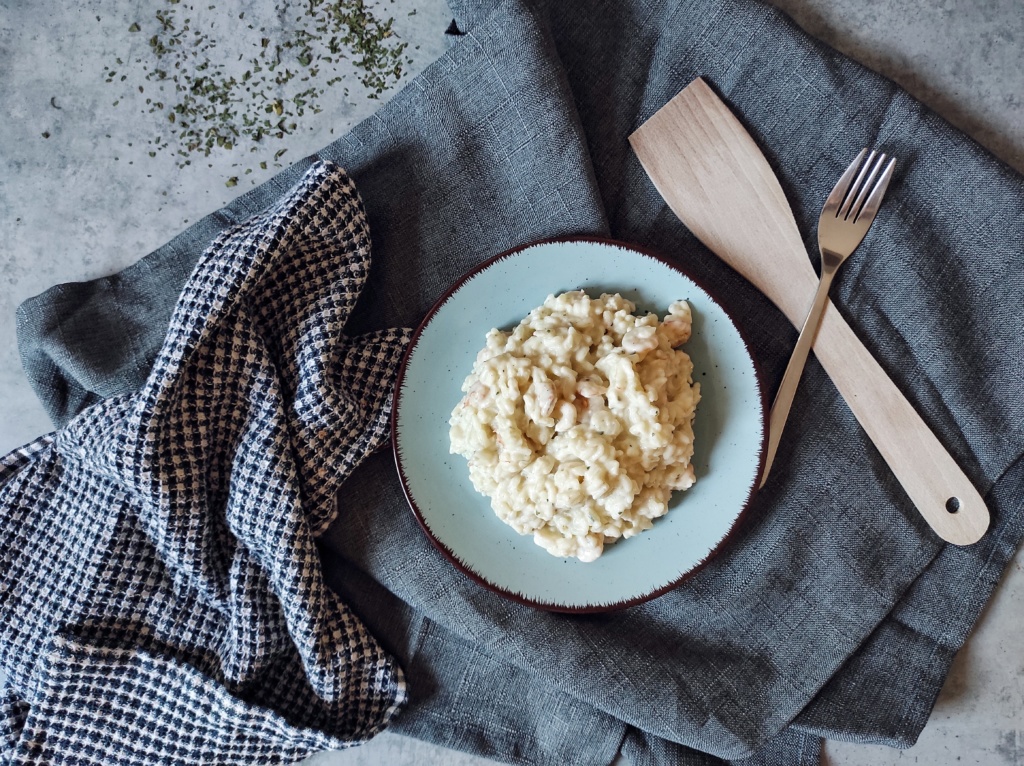
Guest Author Ana Cerovski is from Croatia–and offers some special insight on food and wine from her native country. You can read more of her work at KitchenToast.com –Scott
Croatia is a small Central European and Mediterranean country known for its beauty of the land, fields, and coast. It has more than 1000 islands, breathtaking views, and nature, as well as amazing traditional cuisine.
When it comes to the roots of such a cuisine, Croatia has been influenced by many countries in the past. For example, if we look at the cuisine of its continental parts, we can see Turkish and Austro-Hungarian influences, while on the coast, we can detect antic, Illyrian, Italian, Hungarian, Austrian, and French influences.
Those influences certainly present the roots of Croatian traditional cuisine but what makes such a cuisine stand out is its diversity. Each region of the country has its own traditions, unique cuisine, interesting usage of the flavors, and beautiful combinations of ingredients. Thanks to that, Croatia hides many wonders when it comes to its flavors, aromas, and nuances.
Istria
This region is known for its indigenous pasta – fidelini, makaruni, pasutice, rigationi, pljukanci, and gnocchi are just a few types of pasta you can find in Istria but when it comes to the most famous pasta of them all, then you simply must try fuži (pictured, top).
Fuži is pasta with a spindle-looking body. It has a small hole in the middle so the sauce can scrape through it and offer a nice combination of flavors. Besides the sauce, fuži, as well as all other mentioned types of pasta, can be served with different meat, fish, seafood, vegetables, and more.
When it comes to meat specialties, the Istrian ham, ombolo, and boškarin are a must. Of course, each dish you try is accompanied by interesting wine nuances – but in case you’re more interested in wine roads and tasting new aromas, make sure to try Istarska Malvazija and Muškat momjanski!
Dalmatia
Simple, fresh, and nutritious – those are the best words to describe Dalmatian cuisine. The dishes of this region are mostly based on fish, seafood, and vegetables.

In almost every restaurant there, you can find a simple risotto. The combination of rice and seafood is quite popular (and delicious!) so there are a lot of variations of this dish – it can be a classic white one with prawns, shrimps, or shells, or a black one with cuttlefish (that’s why it has that characteristic black coloring). Besides that, Dalmatians love grilled fish! This simple dish will offer you all the best flavors of the sea depth prepared in a simple, yet delicious way, and served with potatoes and vegetables. If you’re a lover of seafood, make sure to try octopus salad too – simple, tasty, and refreshing. Quite yummy! Oh, and for dessert, let rožata seduce you – thank me later!
When it comes to the classic Dalmatian wines, try Dingač, Pošip, and Plavac mali!
Lika & Gorski Kotar
If you find yourself in these regions, make sure to try Lika potatoes. This specific variety of potatoes is prepared in the simplest way – chefs cut potatoes in half and then bake those pieces (called pole in Croatian) in the oven. Afterward, pole are served with sausages, cream, cheese, and more!
Oh, and if you need a bit of meat in your daily diet, make sure to try lamb under peka. Peka is a bell-shaped ceramic or iron vessel that goes over the lamb. Then, the chef puts the coal on the vessel in order to perfectly prepare the lamb!
Zagorje & Međimurje

Zagorje and Međimurje combine simple almost poor man’s food with rich dishes which were served to the nobles. One of the most popular and traditional dishes of Zagorje is called štrukli. Štrukli present homemade pulled dough with a cheese filling. But there are many variations of this recipe too because back then, the housewives always tried to make simple dishes with fresh and everyday ingredients, so they experimented with the basic recipes. Due to that, štrukli can be cooked or baked and made with both sweet and savory filling such as cherries, apples, pumpkins, and more.
Besides štrukli, you must try turkey with mlinci. This traditional dish presents a roasted turkey with mlinci – pasta with characteristic burnt-out bubbles. Quite a delicious combination! If you’re looking for a salty snack, try varaždinski klipići and zlevanka, and if you need a recommendation for dessert – međimurska gibanica is a must!
In these regions, you can find classic (but tasty) wines such as Kraljevina, Silvanac zeleni, and Pinot bijeli.
Slavonia & Baranja
In the eastern parts of Croatia, you can find Slavonia and Baranja. These regions are known for their neverending and beautiful fields. But besides that, there are quite a few delicious specialties that will seduce your palate.
Kulen is a Croatian autochthon cured meat product. It has a specific flavor with a spicy finish, and it is perfect in the combination with homemade bread and pork rinds. If you’re a lover of stews, make sure to taste čobanac. This stew is made with a lot of onions, a couple of different types of meat, pepperoni, pepper, tomatoes, wine, and more. All the ingredients are nicely combined into a beautiful harmony of flavors! Salenjaci are often referred to as Croatian croissants – these cookies are made from pork fat and filled with jam.
As for wines, Slavonia and Baranja have typical varieties such as Graševina, Rajnski rizling, Frankovka, and Merlot!
Local Insights
As 27 years old Croatian local, I am in an amazing relationship with Croatian food for all those years now. Besides that, I’ve been lucky enough to try food and recipes from almost every part of the country. Lucky circumstances? Definitely. Life somehow always found a way to offer me the best flavors when it comes to the Croatian gastronomy scene.
I grew up in a small city near the Croatian capital, Zagreb. And I loved it. We had a family in the region of Zagorje so my childhood diet consisted of quite delicious recipes and dishes – from classics like turkey with mlinci, zlevanka, štrukli, barbecue (especially ražnjići and ćevapi), to simpler dishes such as žganci (cooked corn flour), white semolina, sausages, pork rinds, kulen, and more.
However, I’m a true lover of fish and seafood! And I can thank my parents and grandparents for that because our second home is the island of Korčula. We’re going there for 26 years now and me, my brother, and my sister spent months there during the summer (we are all grown-ups now so imagine how tough it is to come up with the schedule for some alone time on Korčula!). During those periods, I got completely seduced by grilled fish, brodetto (fish stew), octopus under peka, octopus salad, mussels on buzara (still my favorite!), risotto, shrimps, and more.
I can definitely say that in my 27 years, I had the pleasure (and luck) to try quite a rich palette of Croatian food, and what I love the most is the fact that it is so diverse – from meat specialties to fish delicacies, from simpler recipes to rich combinations of ingredients. Basically, everyone can find something for their taste and preferences, and I love that about Croatian cuisine!
Final Thoughts

Every Croatian region comes with unique flavors, aromas, and ingredients – thanks to that, Croatia offers quite an interesting gastronomy adventure for all visitors and tourists!
The mentioned specialties and wines are just a couple of classic, traditional, and trademark dishes of each region – the rest of the recipes and traditions are yours to discover! But if you want a small guide through some of the classic Croatian delicacies, recipes, and gastronomy scene, the site KitchenToast is your perfect match!
Share this Post


